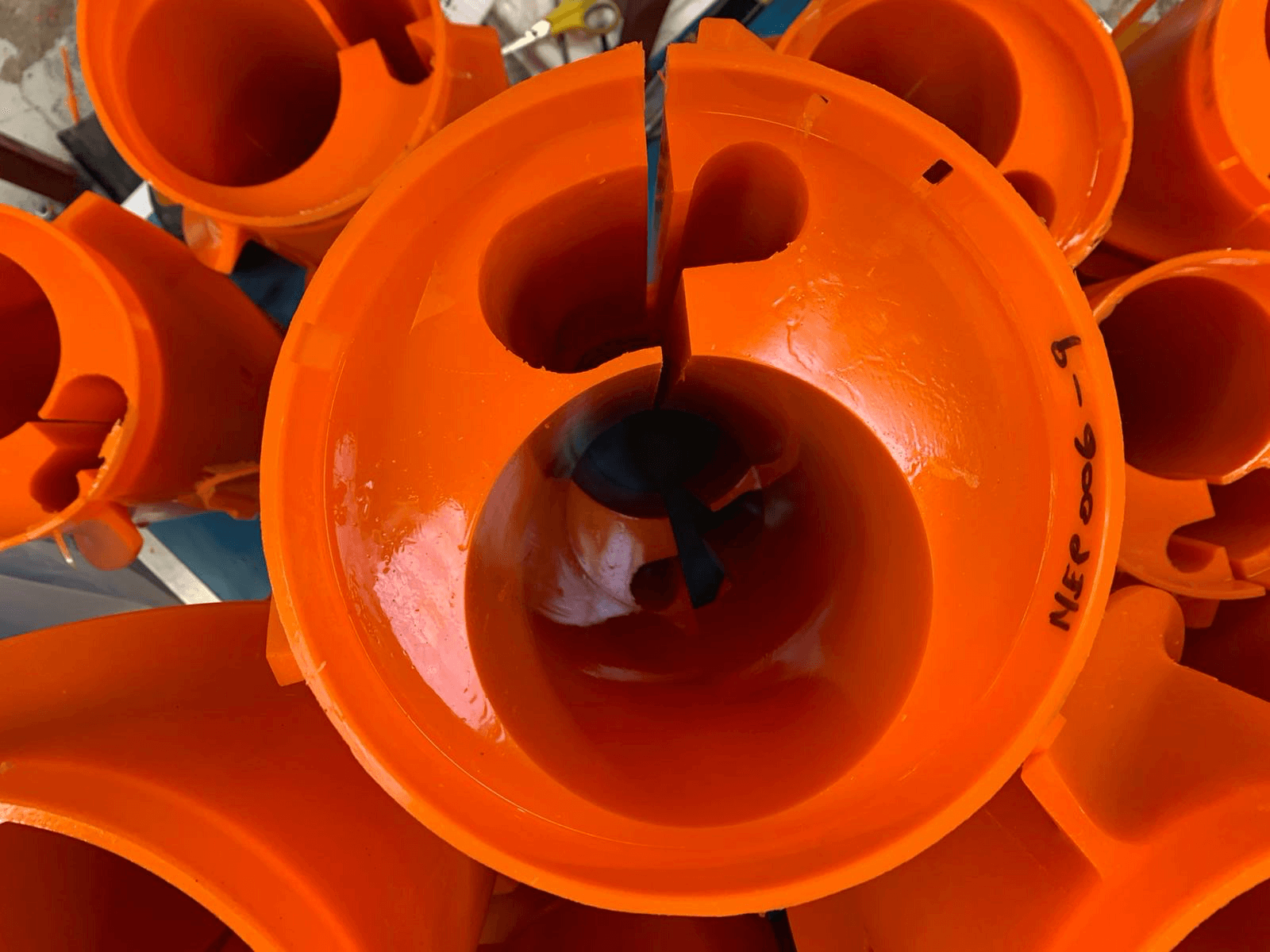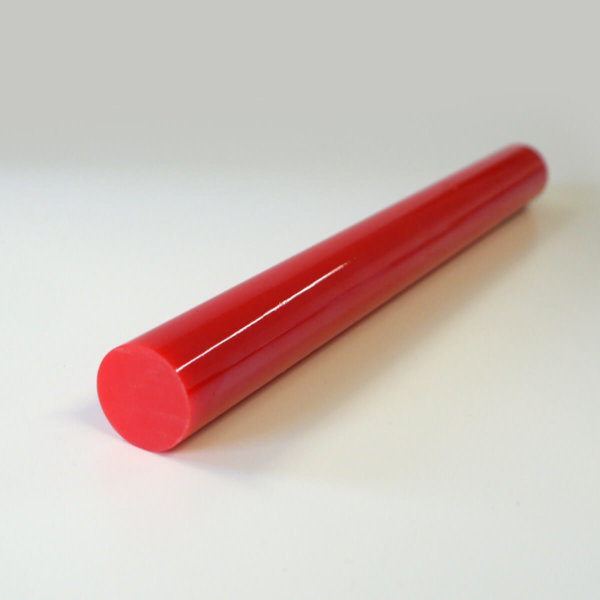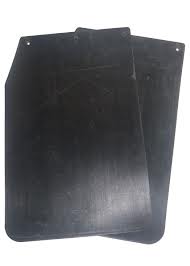Precision engineering a replacement part made of polyurethane – or developing an innovative prototype – often pivots on choosing one of these two methods of polyurethane mouldings.
The first step to commissioning a polyurethane part that’s 100% fit for purpose is to brief an expert in this field on the form and function you need.
That way, the right blend of polyurethane mix can be created to give your part the tensile properties you need -from soft foam to hard as metal. Then, creating even the simplest part replication or prototype design involves the skilled use of CAD techniques, to ensure that the finished product matches your brief flawlessly. Not just on dimensions, but also any cut-outs, grooves, indentations or protrusions you need.
We have covered insights on how custom polyurethane parts are made elsewhere on our website.
However, this article focuses on the stage that comes after a detailed part spec has been discussed, and the perfect polyurethane blend has been established. What are polyurethane mouldings, and what is the difference between open-pour casting and closed-injection moulding?
What is closed injection moulding?
This option for creating parts made from polyurethane requires that this highly versatile material is initially in liquid form. The low viscosities you can achieve in PU make it ideal for injection moulding projects.
Polyurethane is literally forced (under high pressure) into carefully shaped moulds within presses.
The two halves of the mould are securely clamped together using specialist injection moulding equipment. The larger the part, the stronger the clamping force.
The shape of the mould is not the only thing that can be adjusted according to the spec. When the initially liquid polyurethane is injected in, the speed and pressure are controlled according to the desired result.
Next, the polyurethane is heated and cooled within a measured process cycle. The part can then be quickly ejected and finished off.
This is often the best way to create complex replacement parts or prototypes for new projects. Injection moulds can be created to provide a 100% reliable finish for even highly detailed specs.
It can also be the preferred method when you need some element of the finished result to be a thin-walled but durable feature. This is why injection moulded polyurethane is often used in the production of medical devices.
However, it is also common to use the closed injection moulding method for simple projects too and to produce various sized parts. That’s due to the fact it provides excellent dimensional reliability and a superb surface finish, even when utilised for the fast production of polyurethane parts.
How does open-pour casting work?
Custom parts created using the open-pour casting method for polyurethane involve gravity and heat to create a pristine finish and fit.
After expert mixing, polyurethane is poured into open moulds and then left to settle and cure to the required degree of hardness. As PU is such an ideal thermosetting polymer, open-pour casting can still produce a consistently excellent result, even without the application of pressure.
This can sometimes be a quicker and cheaper way to develop polyurethane parts, as adjusting temperature differentials and injection pressures can be more of a time investment with the closed moulding method outlined above.
Opencast moulding can also be excellent for the fast production of polyurethane parts – as it has a shorter lead time than the alternative. Or, to fulfil orders for larger, thicker or simpler PU moulded products.
Polyurethane Mouldings: Which method is best?
Having access to a company that can meet your part needs reliably and cost-effectively can make a substantial difference to how quickly you can repair, upgrade or launch your machinery, or fulfil a practical need at your workplace.
This is why you need a polyurethane part supplier willing to experiment with the best blend, and who offers alternative moulding methods to match detailed part geometries and features.
You can certainly trust the technicians at Custom Moulded Polyurethane to advise you on the best moulding techniques to get the job done as quickly and cheaply as possible, without ever compromising on our unrivalled quality record.
Want to find out how much it will cost to make your products?




